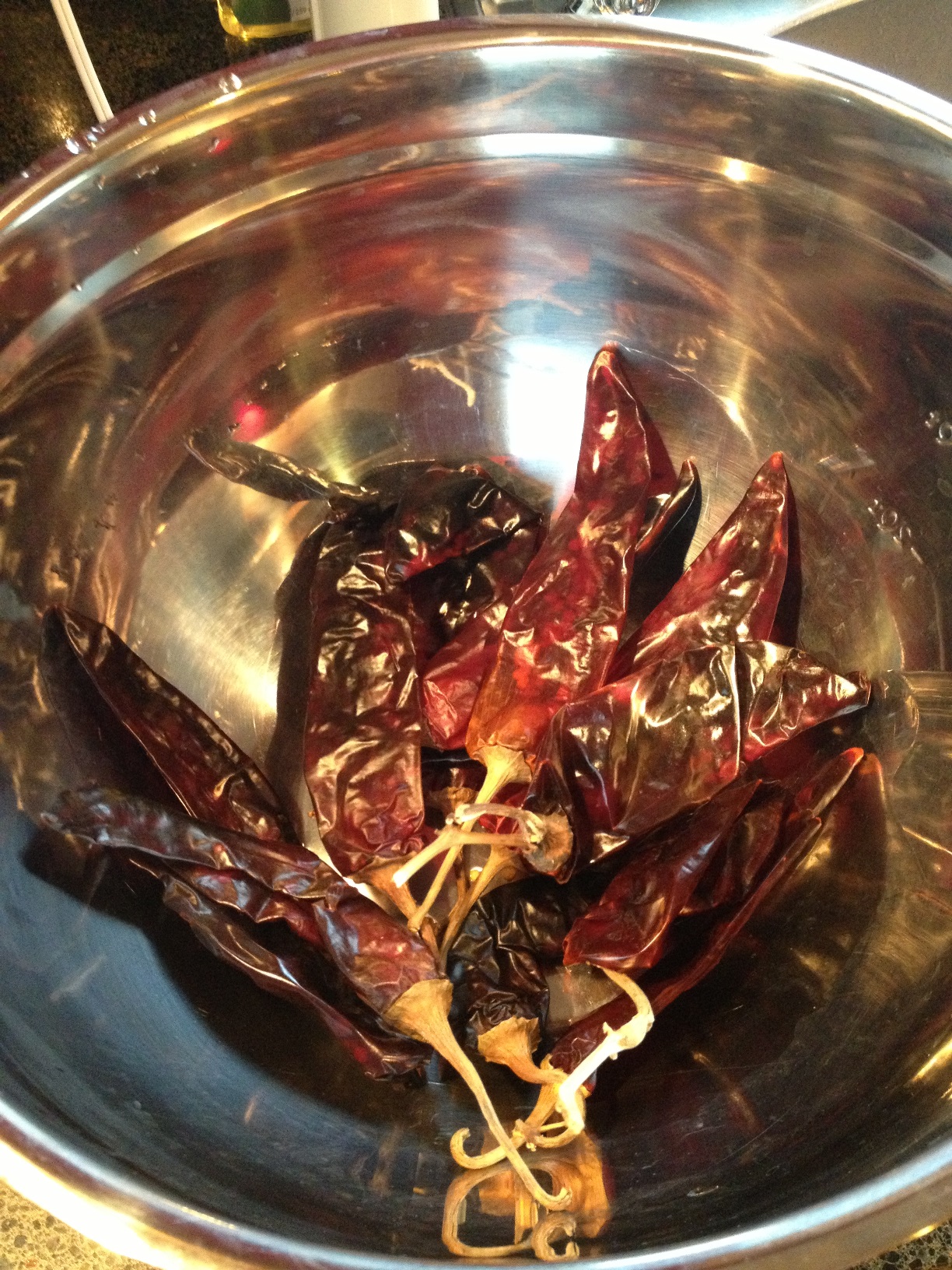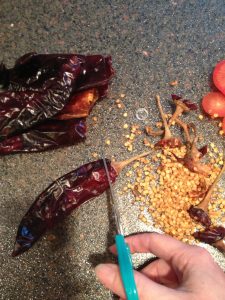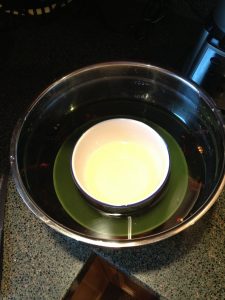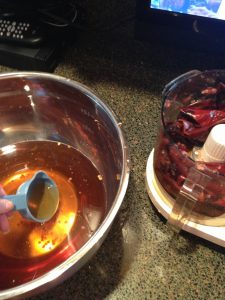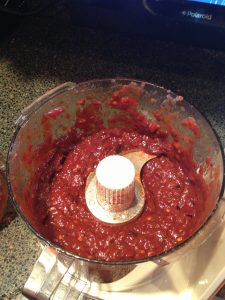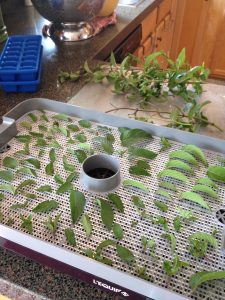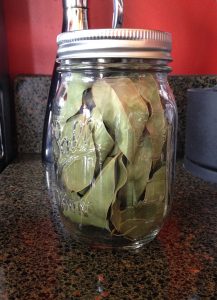Check this out!
Learn how to rehydrate chili peppers for cooking and canning. Rehydrated peppers add rich flavor, color, and depth to sauces, salsas, and stews.
(I sometimes use affiliate links in my content. This will not cost you anything but it helps me offset my costs to keep creating new canning recipes. Thank you for your support.)
By Diane Devereaux | The Canning Diva®
Last updated: September 17, 2025
Why Rehydrate Chili Peppers?
Dehydrating peppers is one of the easiest and most inexpensive ways to preserve your harvest. From bell and jalapeño to Anaheim and habanero, peppers store beautifully when dried. But when it’s time to cook or can, rehydrating dried peppers unlocks their smoky, earthy flavor and transforms them into a paste that blends seamlessly into recipes.
Dried Anaheim peppers—also known as California chiles—are one of my favorites. They appear in many of my canning recipes like Pickled Garlic Cloves, Zesty Spaghetti Sauce, and Zesty Tomato Salsa. Adding a rehydrated chili paste deepens the flavor, enriches the color, and brings a mild warmth to any tomato-based dish.
Step-by-Step: How to Rehydrate Chili Peppers
- Prepare the peppers:
Start with 9 to 12 dried peppers. Cut off the stems and shake out most of the seeds. - Soak the peppers:
Place them in a deep bowl or stockpot and cover with hot water. To keep them submerged, set a smaller bowl or plate on top. - Wait and observe:
After about 15 minutes, the peppers should be soft, flexible, and deeper in color. The soaking water will turn reddish—save this, it’s full of flavor. - Make the paste:
Transfer the softened peppers to a food processor. Add about ¼ cup of the soaking liquid and pulse on high until smooth. - Use or store:
Add the paste immediately to sauces, stews, or salsa. You can also freeze it in half-pint jars for future canning or cooking.
How to Rehydrate Dried Chilis
Start with 9 to 12 dried peppers. Cut each stem off to remove the seeds inside the pepper.
Next, place dried peppers in a deep bowl or stock pot and cover with hot water. The dried peppers should not float, they must be fully submerged to thoroughly rehydrate. To do so, use a large dish or bowl filled with hot water atop the peppers.
After 15 minutes, remove the plate or bowl used to submerge the dried peppers. The peppers should now appear thicker, have a deeper color and no longer be brittle but soft. The water will now have a reddish hue. Be sure to save the water – do not drain.
Place the rehydrated peppers in a food processor along with 1/4 cup of the liquid. Pulse on high to create a pureed texture or paste. This paste can be used immediately in canning recipes, in sauces and salsas or as a way to add flavor to any tomato-based dish. The paste can also be frozen in half-pint jars to use later when canning or cooking.
Creative Uses for Rehydrated Chili Paste
- Stir into spaghetti sauce or tomato soup for depth and color.
- Add to salsa recipes for a smoky, earthy kick.
- Mix into bean soups, stews, or chili for richness.
- Use as a base for enchilada sauce or mole.
- Freeze small portions to drop into weeknight dishes anytime.
People Often Ask
A: Yes. The method works for mild peppers like Anaheim and pasilla, as well as hotter varieties like guajillo, ancho, or habanero.
A: Absolutely. The liquid absorbs flavor and color from the peppers. Use it in your puree or substitute it for water in soups and sauces.
A: It will keep in the refrigerator for 3–4 days, or freeze it in jars or ice cube trays for up to 6 months.
About the Author:
Diane Devereaux, The Canning Diva®, is an internationally recognized food preservation expert, author, and educator with over 30 years of home canning experience. She’s the author of multiple top-selling canning books and teaches workshops across the U.S. Learn more at TheCanningDiva.com.

